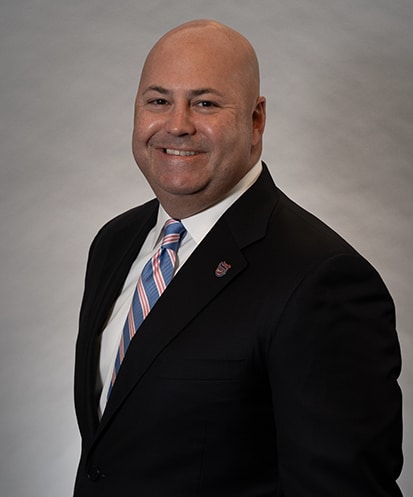Is Your Hospital Hiding its Medical Malpractice Data from You?
 Back in March, we discussed medical malpractice confidentiality agreements: laws and regulations around the country that looked to protect healthcare professionals when something went “awry” during a procedure. The in August, we looked into research that analyzed the importance of doctors “recognizing and properly disclosing the errors they make, [and] offering an apology and explanation to the patient when things go sideways in a medical setting.” The shift was an important one, and gave us hope that healthcare providers were moving away from secrecy and towards transparency, which would allow consumers to make better, more informed choices about their health.
Back in March, we discussed medical malpractice confidentiality agreements: laws and regulations around the country that looked to protect healthcare professionals when something went “awry” during a procedure. The in August, we looked into research that analyzed the importance of doctors “recognizing and properly disclosing the errors they make, [and] offering an apology and explanation to the patient when things go sideways in a medical setting.” The shift was an important one, and gave us hope that healthcare providers were moving away from secrecy and towards transparency, which would allow consumers to make better, more informed choices about their health.
It may have been too good to be true: in an ABC News report out of Ohio this November, “Investigators found hospitals carefully track medical mistakes but often keep detailed information about errors hidden from patients and the public” (emphasis ours).
One step forward, two steps back
That hospitals and medical facilities withhold certain critical information is no real surprise; they have been doing so for years. One of the real problems comes with the way they offer up data – in bits and pieces. For example: the U.S. government started the National Practitioner Database as a way to keep track of how many adverse effects happened in hospitals throughout the country during any given time. Not only does it track physicians and surgeons, but also specialists (like dentists and chiropractors), nurses and medical technicians.
Thanks to the database, we know that 116 adverse events occurred in Washington, D.C. facilities in 2014, and 19 medical malpractice payments were made. In the same year, 331 adverse events were reported in West Virginia, and 97 medical malpractice payments were made. But who are the medical professionals involved in these adverse events? Which doctors made medical malpractice payments? Where is the data collected by the NPDB about the people involved in these events?
We don’t know, and we can’t know, because “the NPDB is prohibited by law from disclosing information to the general public” (emphasis ours). D.C. and WV had 447 adverse effects last year, and the public cannot access information about the practitioners in a single one of those cases, because “Federal law (42 U.S.C. § 11137(b)) requires HRSA to present the data in this file in a form that does not permit use of the data alone, or in combination with other available information, to identify any particular health care entity, physician, other health care practitioner, or patient.”
That you cannot find the names of the doctors whose actions may have led directly to these adverse effects – presumably because reading the information might lead you to the name of the patient, whose privacy must be protected – is just another example of the lack of transparency we, as patients, have when it comes to our health. The ABC News report might seem like a horrifying discovery, but sadly it is just the status quo. Until real transparency happens, patients in Washington, D.C. and West Virginia will continue to be at risk of injuries by negligent medical practitioners.

Christopher T. Nace works in all practice areas of the firm, including medical malpractice, birth injury, drug and product liability, motor vehicle accidents, wrongful death, and other negligence and personal injury matters.
Read more about Christopher T. Nace.
